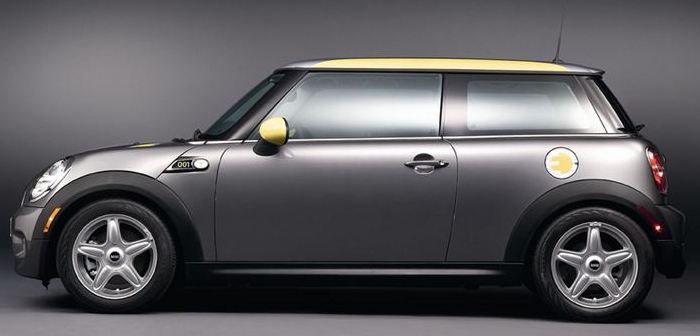Recently I visited Millbrook proving ground in Bedfordshire, where all the major car manufacturers line up their latest products for test drives on over 30 miles of private roads. Among the most intriguing offerings were electric cars by Mini and Volvo.
First up was the Mini E. It’s currently undergoing trials in England, where 40 drivers are enjoying six months with the car and feeding back their experiences, with a view to going into production next year.
The obvious difference between the normal Mini and the Mini E is the lack of back seats in the electric version, removed to make way for the battery and motor. The Mini’s rear seats are pretty, well, mini anyway, so this isn’t the end of the world.
Those who reckon electric cars will be boring should think again that motor generates 204bhp, meaning it can sprint from 0-62mph in 8.5 seconds. That’s hot-hatch fast and it feels it.
Electric vehicles generally don’t have gears, so there are no pauses for changes ensuring smooth, rapid progress.
Using a giant battery to run a car brings its own problems, one being that in cold weather the heater saps 30-40% of capacity. Volvo have put an ethanol heater into the car for use on cold days.
Another issue is lack of engine noise means you’re more likely to hit a pedestrian. A possible solution may be external speakers that direct noise towards pedestrians without penetrating the car’s cabin.
Photos used under Creative Commons licence courtesy of Flickr users DrJohnBullas and albertma.
